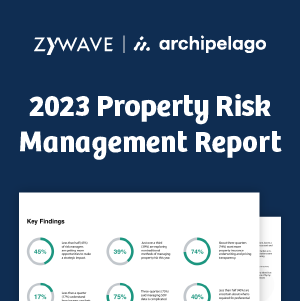Website accessibility claims under the Americans with Disabilities Act (ADA) are rising as commerce shifts online but businesses can take proactive measures to avoid accessibility claims.
“We’ve seen a huge uptick in litigation in this area, more than in other privacy areas,” said Kara L. Hilburger, attorney and privacy compliance leader at Beckage Law during a recent webinar. Title III of the ADA prohibits restrictions on disabled individuals’ access to places of public accommodation.
“Websites weren’t really on the radar when the ADA was originally enacted,” Hilburger said. In recent years, though, many businesses have seen lawsuits over failure to make websites accessible to all users. Since the beginning of the pandemic, that pace has increased, as consumers rely more and more on websites.
In addition to the ADA, New York and California have laws governing disabled access to public places. The U.S. Department of Justice, which is responsible for enforcing the ADA, views websites offering goods and services as places of public accommodation but has not promulgated any specific regulations or guidance for how businesses should comply on website accessibility.
In lieu of official standards, plaintiffs are filing complaints under the Web Content Accessibility Guidelines (WCAG). These informal standards provide guidance on how to make websites more accessible to people with visual impairment, cognitive and learning disabilities, and those with difficulty using mobile devices. WCAG 2.1 Level A guidelines are the appropriate standards for designing websites appropriate for ease of access with assistive technology.
“You need to be able to ask them, what standards are you using? Sometimes a website development companies is telling the client that they’re accessible, but they’re not necessarily walking through these checklists,” said Hilburger. “It’s an important guideline to understand when you’re talking with vendors.”
Beckage has been monitoring state federal dockets for two years, according to Hilburger, and sees an average of eight new lawsuits filed per day.
“These are easy complaints for the plaintiffs to file,” she said. There have also been instances of “serial suers” against multiple defendants, filing the same allegations against different websites. Complaints frequently cite missing alternative tags on websites (these allow screen readers to describe photos), keyboard navigation issues, interactive features, and color contrast issues. Knowing the standards for accessibility and looking at lawsuits can help businesses better evaluate areas where they might be open to complaints.
Federal filings dropped slightly in March, she noted, but since then the pace has rebounded as individuals are spending more time online.
“I think the end of 2020 is going to see a continuous rise with the numbers,” said Hilburger. California, New York, Florida, and Pennsylvania tend to draw the most website accessibility lawsuits.
No industries appear to be immune to the lawsuits, but retail seems to be most targeted. Hotels and restaurants have been hit hard, Hilburger said. The complaints are generally straightforward, with plaintiffs alleging they cannot use the websites with the same level of access as non-disabled individuals.
“I would say over 90% of these are settling within 60 days of the complaint being filed,” she said. “Why, because they are expensive to litigate.” Many defendants opt to settle and remediate their websites rather than stay in litigation. Whether plaintiffs’ goal is to effect change or net a settlement is sometimes unclear.
“The intent of the Act is certainly well meaning and again from our experience businesses are committed to adapting their online businesses and offerings to the disability community,” Hilburger told Advisen in an email. “However, given the huge uptick in litigation and the pace we are seeing lawsuits being filed, this well-meaning litigation is arguably being used for other purposes by the plaintiffs’ bar to the detriment of the business community.”
Courts show clear divides in adjudicating these cases, especially with lack of standards, Hilburger said. It has resulted in a “litigation free-for-all,” with some conflicting advice. The Ninth, Third, Sixth, and Eleventh Circuit Courts require a nexus to a physical, public location for the ADA to apply, but the Second Circuit has issued decisions viewing standalone websites as places of public accommodation.
According to Hilburger, businesses don’t yet have enough awareness of this risk.
“From our experience businesses are committed to doing the right thing for the disability community but are simply unaware of the risks posed to their business from having what is claimed to be an inaccessible website,” she told Advisen. “If we think back to the 1990s when the ADA was originally enacted, businesses had an opportunity to adapt their business practices and facilities to comply with the ADA (through adding a wheelchair ramp, for example), but in this current landscape they have not been given the same warning and grace period to adapt their business practices to adjust to the changing landscape.”
Recently introduced legislation in Congress proposes to adopt the WCAG standards to offer formal guidance for businesses. Hilburger said she is hopeful the bill would “level the playing field and provide businesses with the clear guidance that is lacking.”
Editor Erin Ayers can be reached at [email protected]




